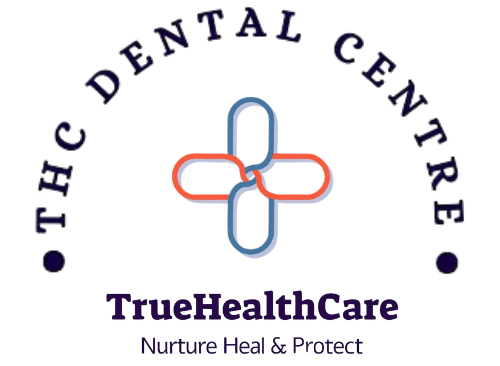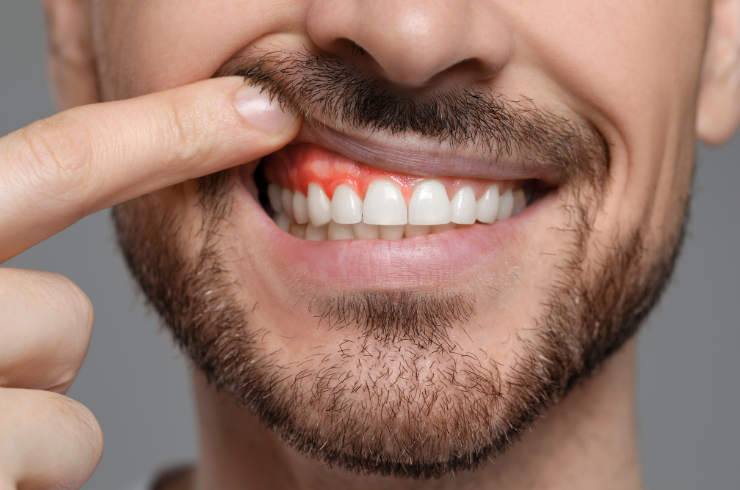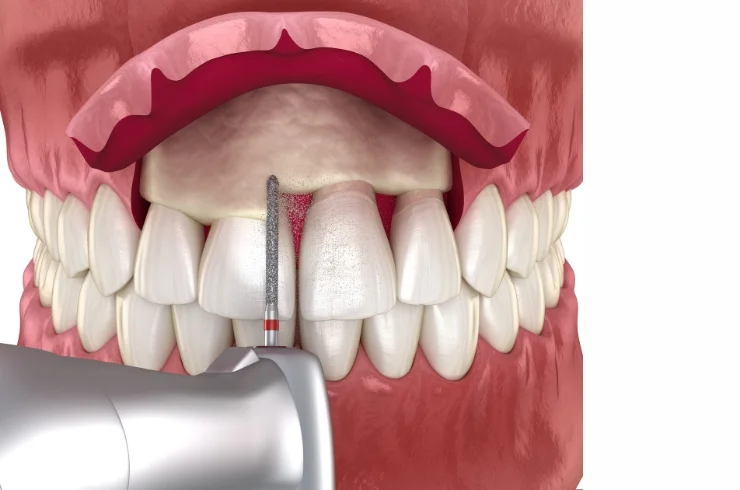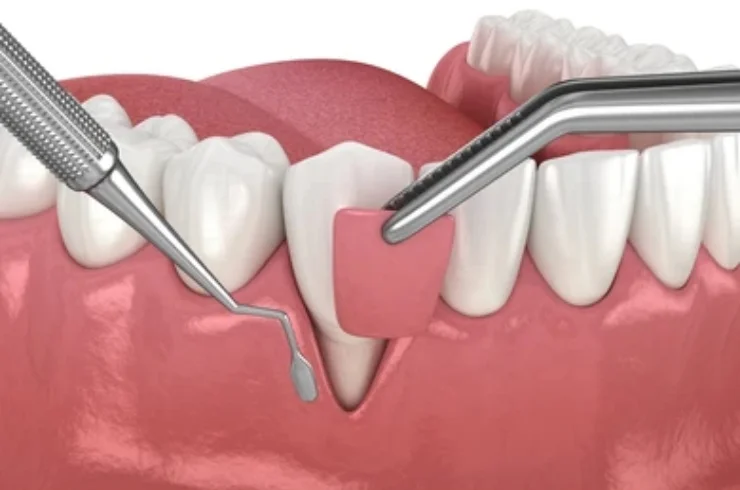
- Hyderabad, India
- +91-9121142043
- dr.meher83@gmail.com
- Book An Appointment


Gum diseases, also known as periodontal diseases, are infections that affect the tissues surrounding the teeth. They are primarily caused by the buildup of plaque—a sticky film of bacteria—on the teeth. If left untreated, gum diseases can lead to serious dental health issues, including tooth loss.
This is the earliest stage of gum disease, characterized by inflammation of the gums. Symptoms include redness, swelling, and bleeding during brushing or flossing. Gingivitis is usually reversible with good oral hygiene.
If gingivitis is left untreated, it can progress to periodontitis. This more severe form involves the loss of bone and tissue supporting the teeth. Symptoms may include gum recession, pockets forming between teeth and gums, and bad breath. Periodontitis can lead to tooth mobility and loss.
In the most severe cases, substantial loss of tissue and bone occurs, resulting in significant tooth mobility or loss. Treatment at this stage may involve more invasive procedures, including surgery.
Preventing gum diseases involves maintaining good oral hygiene practices, such as regular brushing and flossing, along with routine dental visits for check-ups and cleanings. If you experience any symptoms related to gum disease, it’s important to consult a dental professional. Contact THC Dental Centre for more information or to schedule an appointment.

Laser gum treatment, also known as laser periodontal therapy, is an advanced dental procedure that uses laser technology to treat gum diseases like gingivitis and periodontitis. This minimally invasive method offers several benefits compared to traditional surgical treatments.
During laser gum treatment, a dental professional uses a focused beam of light energy (laser) to remove infected tissue and bacteria from the gums while minimizing damage to surrounding healthy tissue. The laser can also promote healing and stimulate the regeneration of gum and bone tissue.
Patients are typically given guidelines on how to care for their gums post-treatment, which may include recommendations on oral hygiene practices, activities to avoid, and follow-up appointments to monitor healing.
Laser gum treatment is an effective and innovative option for patients suffering from gum disease. If you’re interested in learning more about this treatment or whether it’s suitable for your condition, contact THC Dental Centre to schedule a consultation.

Crown lengthening is a dental surgical procedure that involves removing a portion of gum tissue, bone, or both to expose more of a tooth’s structure. This procedure is often performed to improve the aesthetics of the smile or to prepare a tooth for a restoration such as a crown or bridge.
After crown lengthening, patients may experience some swelling and discomfort. It’s essential to follow post-operative care instructions, which may include:
Crown lengthening is a safe and effective procedure that can significantly enhance the aesthetics of your smile and ensure proper support for dental restorations. If you think you might benefit from crown lengthening or wish to learn more about the procedure, contact THC Dental Centre to schedule a consultation.

Gum grafting, also known as periodontal grafting, is a surgical procedure designed to treat gum recession, which occurs when the gum tissue surrounding the teeth pulls back, exposing more of the tooth or even the tooth’s root. Gum grafting helps restore gum tissue, protect tooth roots, and improve the overall aesthetics of the smile.
After gum grafting, patients should follow specific care instructions to promote healing:
Gum grafting is a safe and effective way to address gum recession and restore the health and appearance of your gums. If you are experiencing gum recession or other related issues, contact THC Dental Centre to schedule a consultation and explore your options for treatment.